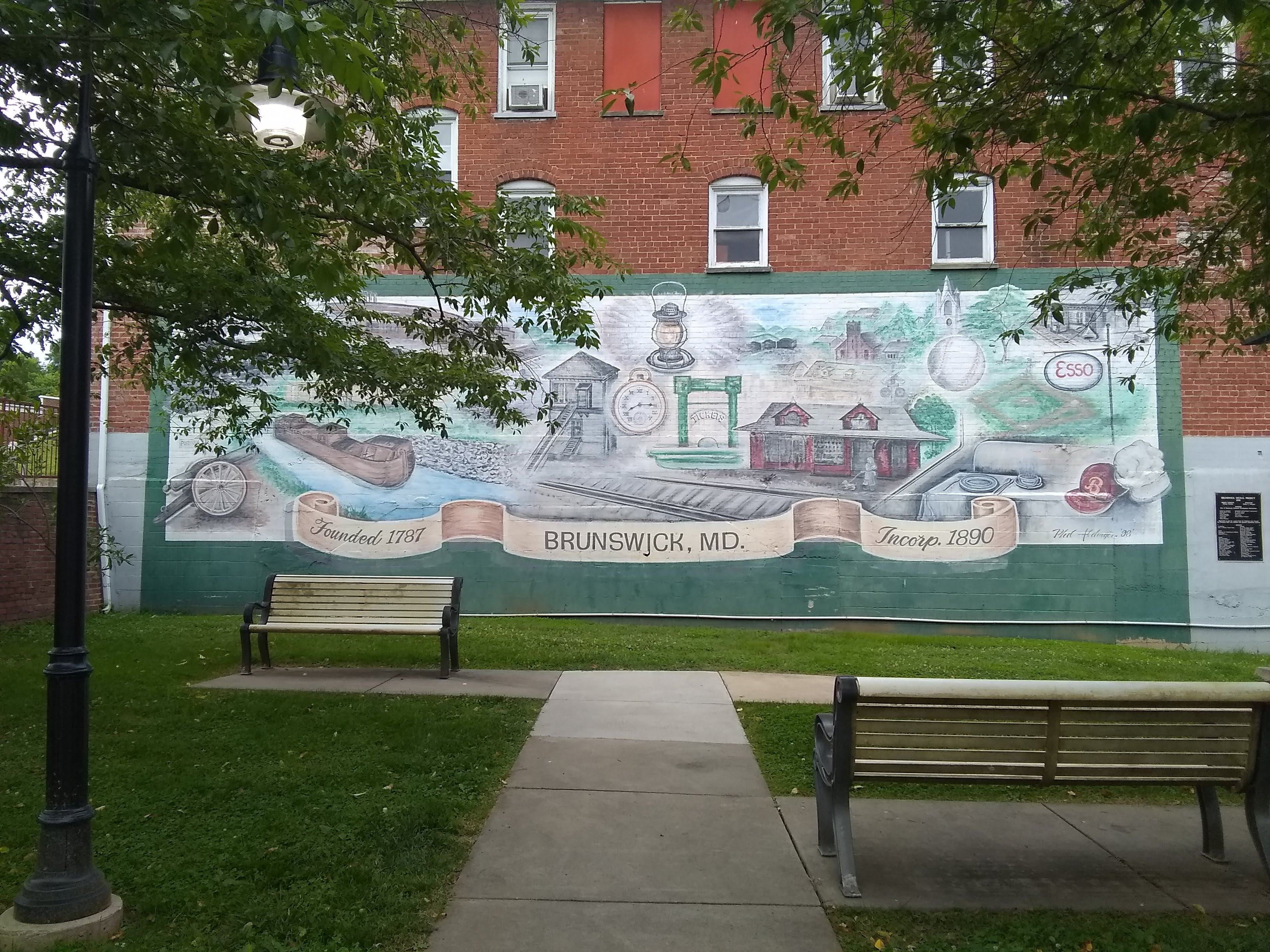I woke in Frederick to a very hot day, the kind that makes me dread what lies ahead as it was only about a week into summer. My hotel was near the Monocacy Battlefield National Park, so I caught the brown signs pretty quickly and I headed out to the Visitors Center. It was closed due to Covid-19, but the Park Service had a map near it. So I took a photo and began driving the battlefield and reading the markers based on the information on my phone. The Battle of Monocacy is important because it is credited with saving Washington, DC and beginning the ultimate defeat of Confederate forces in 1864. General Robert E. Lee’s forces were moving toward the federal capitol but they were slowed down at Monocacy after a one day battle over a few farms in which the South ultimately triumphed. However, the battle delayed the advance of the South long enough to enable the defense of DC. I drove my way through these farms and was struck by the intimacy of it, these specific neighbors crouching in their homes while the battle ensued around them.
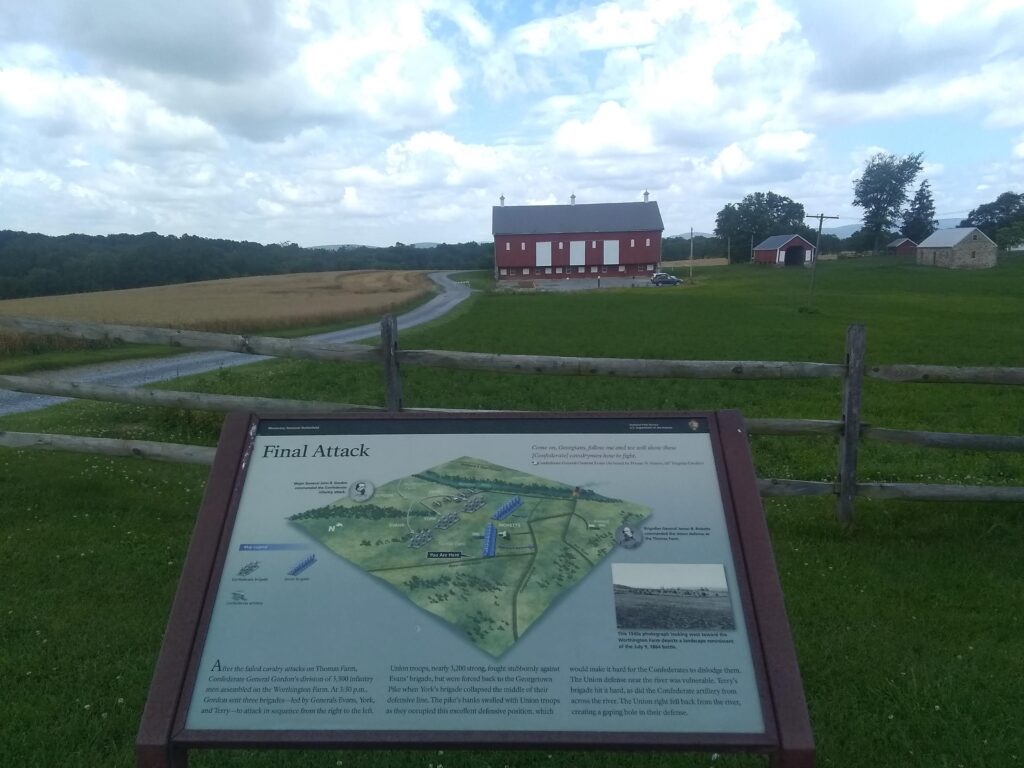
I pressed on to Frederick, a town that reminded me of Old Town Alexandria. It was charming, well-preserved, and walkable, even as the day grew impossibly hot. My first stop was the Civil War Medicine Museum, which had reopened two days before that. I thought it would be kind of awful to visit, but it turned out to be a really enlightening place. It aims to debunk the notion that Civil War medicine–particularly surgery–was a hack job. It covers Clara Barton, the professionalization of medical education and the medical advances that occurred in the Civil War, including triage and embalming. The Civil War happened during a move in the field of medicine from treating spirits with leeching to modern, scientific techniques. However, the period of advances in science and medicine also saw advances in weaponry, with greater power to create damage that would result in loss of limbs. In other words, humans got better at healing each other while we get better at damaging each other. I learned a ton and it was not all gruesome. The bookstore and staff were both excellent.
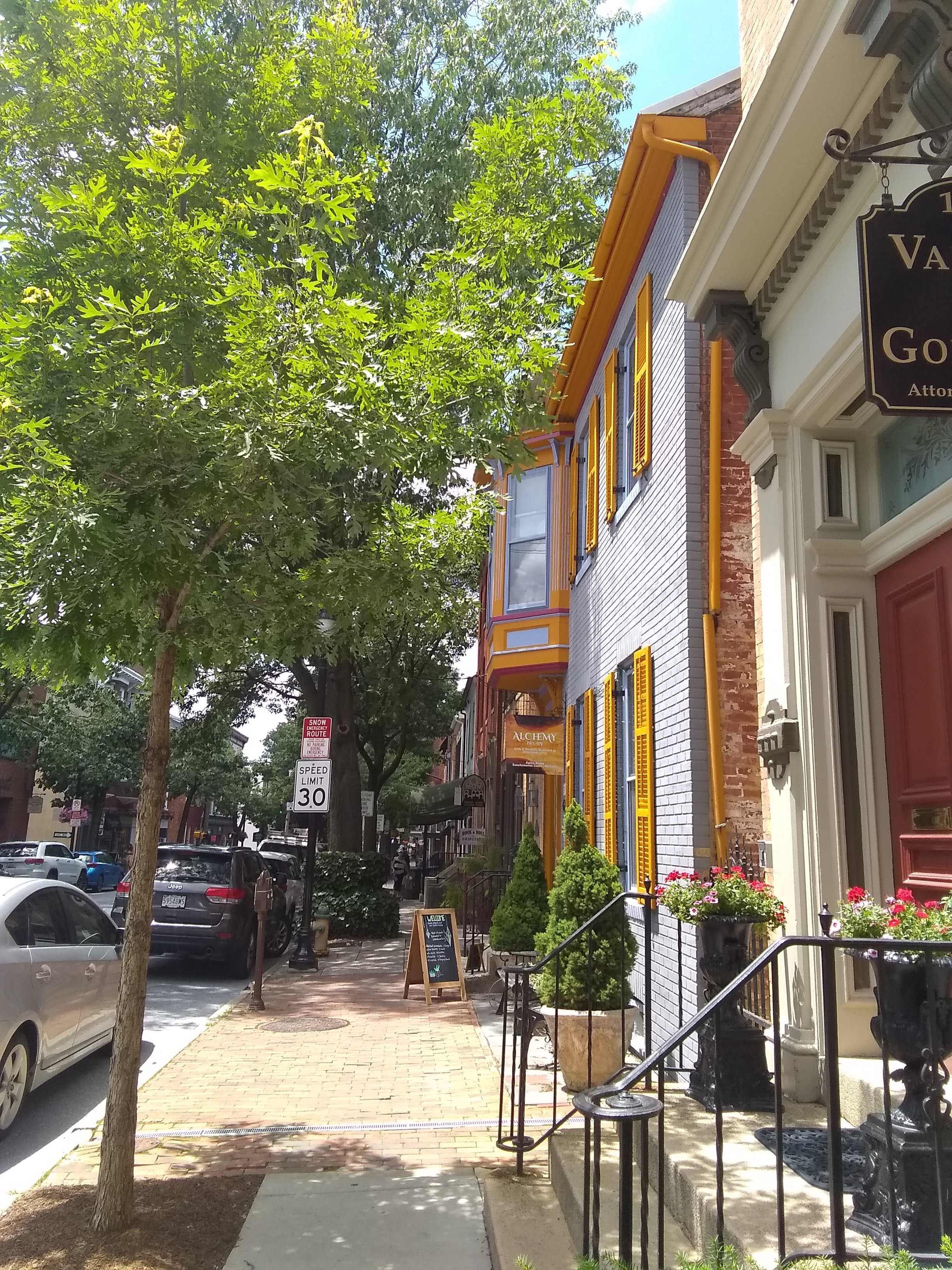
I wandered through the town for a bit, and stopped at to the Pop Shop, which was a recommended stop for ice cream. I settled on a milk shake so that I could keep moving forward. At this point, the day had grown truly uncomfortable so I headed straight for my main stop of the day, Antietam National Battlefield. I was trying to avoid physical contact with anything on this first foray into the world, so I stopped drinking water which aggravated the heat. The Battle for Antietam occurred in 1862, following the Confederacy win at Manassas. General Robert E. Lee surprised Union generals by crossing the Potomac and encroaching on Union territory. Maryland was a slave state but it had remained in the Union. Lee hoped that he would encounter a sympathetic population in Maryland to enable his advance to the capitol. By September 1862, the Union forces were strong enough to make a stand at Antietam. The battle lasted over one long day and, when it was over, 23,000 Americans were either injured, missing or dead, including six generals, but neither side had gained much ground. They pushed each other back and forth across farmland while families sheltered inside. The Confederates burned down the Mumma family farmhouse to prevent Union soldiers from gaining the high ground it offered. After the war, Union states erected memorials to the fallen. In subsequent decades, markers describing details of the battle have been placed all over the grounds for battle aficionados. The National Park Service offers 11 stops and I believe I saw all of them, but I am not certain. There were few people around to ask as I was often alone. It was a great trip for social distancing, but the heat was oppressive.
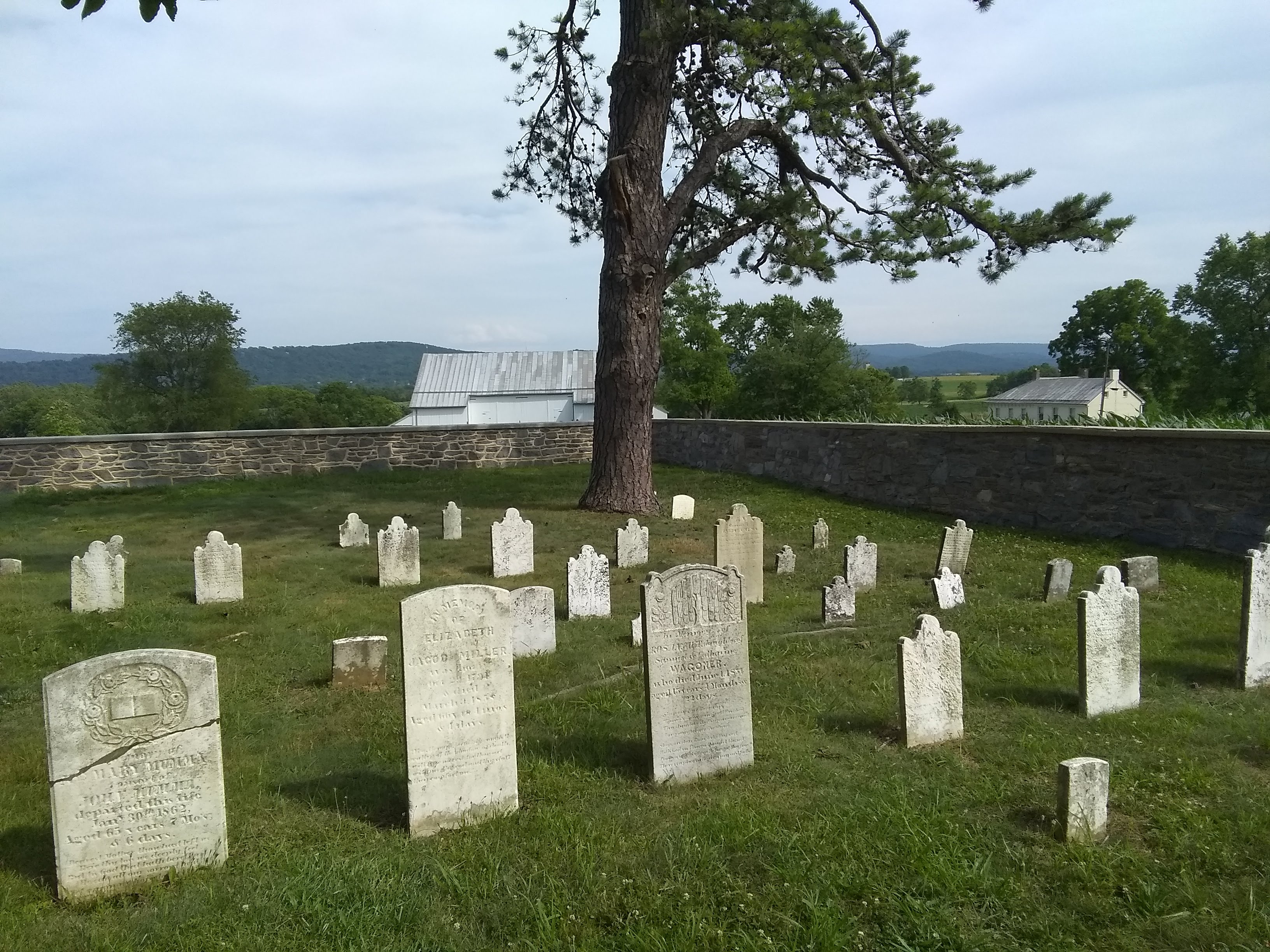
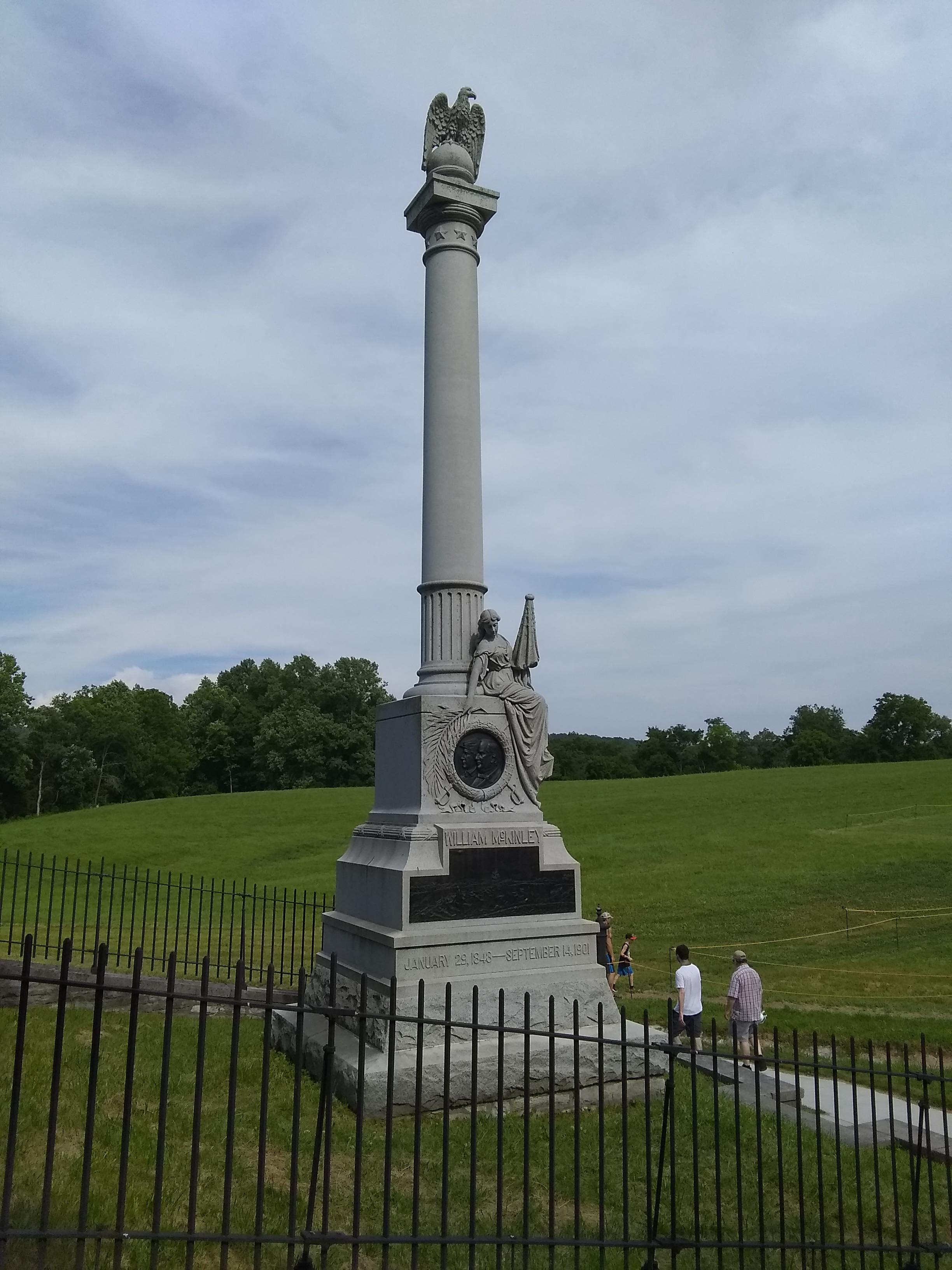
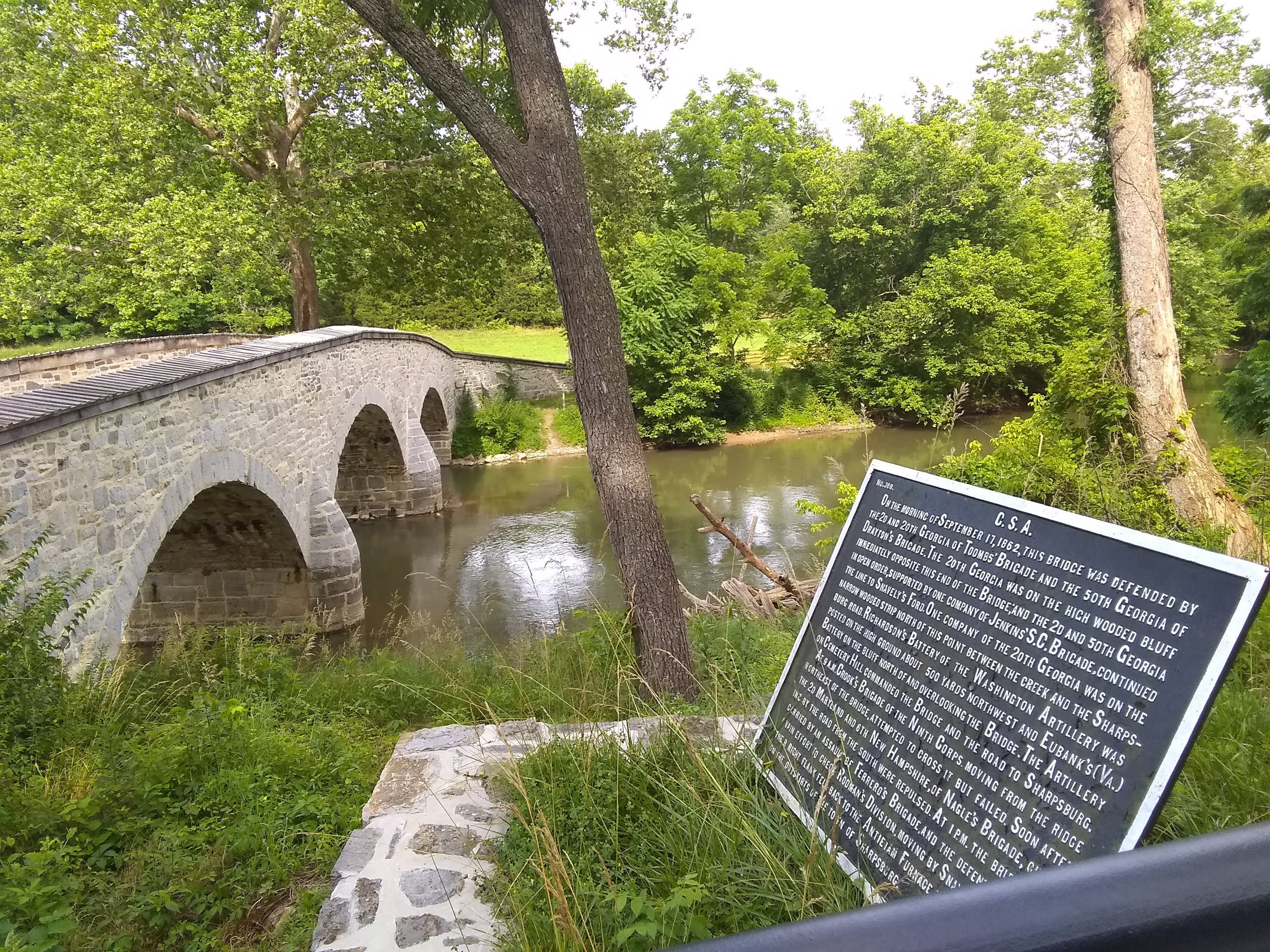
I stopped next at Sharpsburg town. My first stop was Antietam National Cemetery. At the end of the battle, locals attempted to bury the 4000 dead. Eventually, they established an official cemetery which is now a national cemetery. Interestingly, the owner of the farm behind it still remains the land holder today. I made another stop in the town, at Tolson’s Chapel, which became a school established by recently freed slaves during Reconstruction. Its last graduate died in the 1990’s and it was shut when I visited. Then I headed out of the town, surprised by the display of Confederate flags on the street adjacent to the war cemetery. The country was erupting that summer following the killing of George Floyd at the hands of Minneapolis police officers and counter-protesters reclaiming Confederate artifacts and beliefs. Those buried at Antietam deserve better.
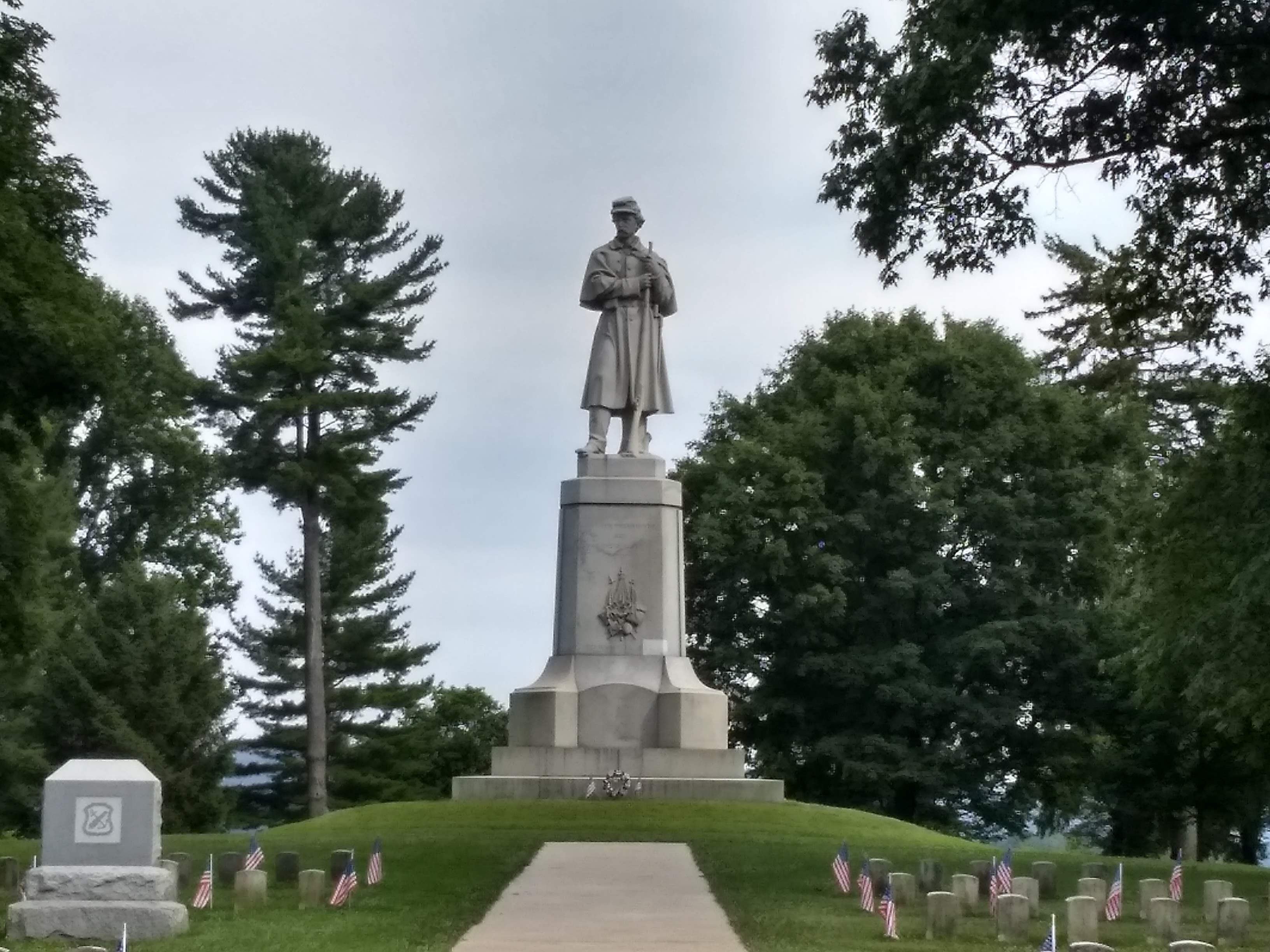
My last stop was at another quaint town on the C&O Canal, Brunswick. It is what my mother would describe as a two horse town, but I hoped to bike along the canal for a bit. I walked it and got in an unshaded line for a Coke when a train came through and blocked the towpath for awhile. By the time I could ride, it was getting on toward evening and I was too depleted from the heat and sun so I headed home, hopping across the local bridge into Loudon County, Virginia.
